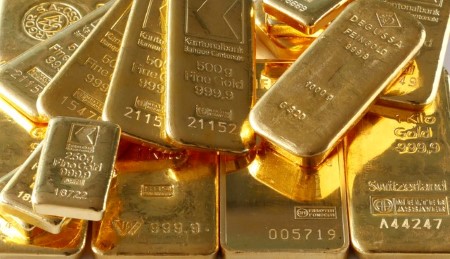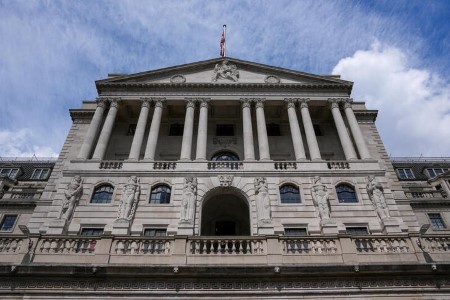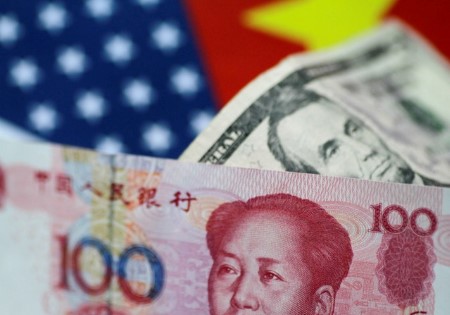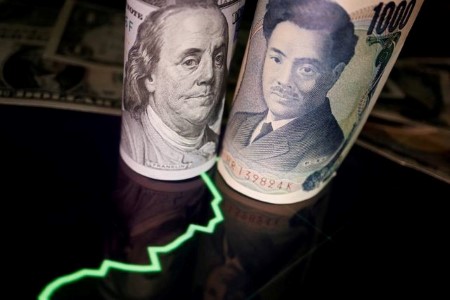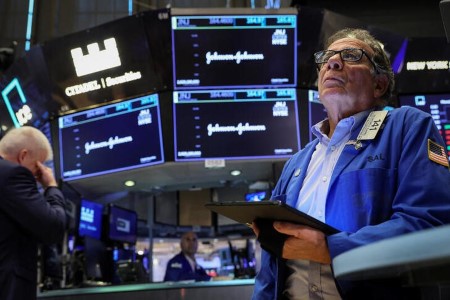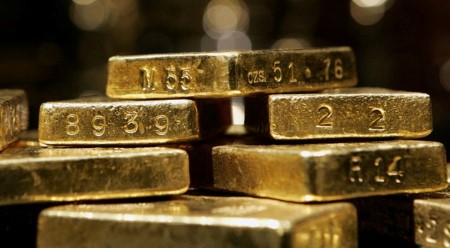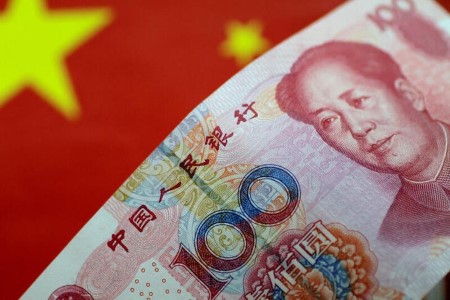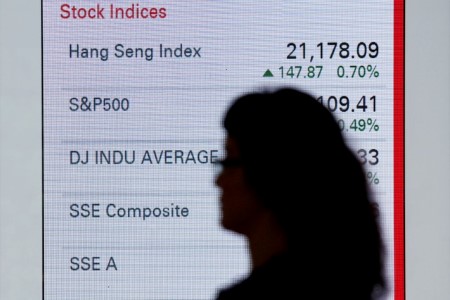LONDON, Nov 1 (Reuters) – The Bank of England passed a major milestone on Tuesday when it held its first auction to sell some of the 875 billion pounds (USD 1.01 trillion) of government bonds it bought during successive quantitative easing (QE) programs from 2009-2021.
Britain’s central bank is the first in the Group of Seven rich nations to actively sell QE bonds to investors.
It has been reducing its holdings of British government bonds, known as gilts, bought under QE since February, when the BoE said it would no longer buy new gilts to replace those which matured. Total holdings have since fallen to 838 billion pounds.
The US Federal Reserve and Bank of Canada have adopted similar policies, sometimes known as passive quantitative tightening (QT), to help shed bonds accumulated during years of stimulus to support crisis-hit economies.
WHAT IS THE BOE DOING NOW?
The BoE sold 750 million pounds of British government bonds with a remaining maturity of three to seven years at its first gilt auction on Tuesday, receiving solid demand from investors.
In August, the BoE said it wanted to reduce its total gilt holdings by 80 billion pounds over a 12-month period starting in late September. To achieve this, it said it would need to sell around 10 billion pounds of gilts every three months, in addition to not reinvesting the proceeds of maturing bonds.
A start to sales was delayed first by the postponement of September’s Monetary Policy Committee meeting after the death of Queen Elizabeth, and later by a chaotic sell-off in gilts triggered by then-Prime Minister Liz Truss’s plan for unfunded tax cuts.
The market turmoil forced the BoE to intervene and buy 19 billion pounds of long-dated and inflation-linked gilts in an emergency program that ran until Oct. 14.
The BoE will now hold eight gilt auctions this year, totaling 6 billion pounds of sales and including gilts with a maturity of up to 20 years.
It had originally aimed to sell 8.7 billion pounds of gilts this year, including some with a maturity of over 20 years – the type hit hardest by a fire sale of assets by pension funds following the Truss government’s Sept. 23 “mini-budget”.
The BoE says it still intends to reduce total gilt holdings by the 80 billion pounds announced in August. Policymakers will review the pace of sales annually.
WHY IS THE BOE SELLING GILTS?
British government bonds have a longer average maturity than those issued by other countries, so the BoE has to sell gilts to achieve the same pace of balance sheet reduction that other central banks would get by simply allowing their bonds to mature.
More broadly, QE was always intended to be temporary and Governor Andrew Bailey has been keen to reverse some of the purchases, especially after BoE gilt holdings doubled during the wave of QE purchases in the COVID-19 pandemic.
At its peak in December 2021, the BoE owned roughly half of all conventional British government bonds in issue.
The BoE does not intend to fully reverse QE, because regulatory changes since the 2008 financial crisis mean banks need to hold more cash than before. It has not set a long-term target for gilt holdings.
Reversing QE may help fight inflation, to the extent it pushes up borrowing costs and gives the government, business and the public less money to spend on other things.
However, the BoE says raising interest rates is its main tool for controlling inflation, because the impact is better understood than that of QT.
WHAT EFFECT WILL SELLING GILTS HAVE?
The BoE aims for QT to have relatively little impact on gilt prices and borrowing costs.
It sees the impact of QE and QT as depending heavily on financial market conditions – pushing borrowing costs up or down significantly if carried out at scale during times of market turmoil, but having little impact if done gradually while markets are calm.
The BoE’s 6 billion pounds of sales come alongside 37 billion pounds of gilt issuance by the government over the same period.
Bond strategists have questioned how strong demand will be, as gilt prices have slumped this year, and some investors suggested the central bank would be wiser to postpone sales until 2023.
Strategists at Citi noted that long-dated gilts prices rallied relative to those for shorter-dated gilts after the BoE announced on Oct. 18 that it would exclude them from its purchases this year.
The overall past effect of QE on the economy has been difficult to measure, and it is especially hard to separate the effect of actions by the BoE from spillovers from bond purchases by the Fed and the European Central Bank.
In broad terms, QE pushed down borrowing costs for medium or longer-term periods, slightly raised inflation and probably led to somewhat lower unemployment and faster growth than otherwise.
The BoE also emphasized the need for QE to stabilize markets at the start of the COVID-19 pandemic.
Critics say QE played a major role in pushing up house prices and stock markets for more than a decade, worsening inequality. The BoE has said that without QE, consumer price inflation would have undershot its 2% target during the 2010s, and that unemployment would have been much higher at points.
(USD 1 = 0.8671 pounds)
(Reporting by David Milliken; Editing by Catherine Evans)







 DOWNLOAD
DOWNLOAD




